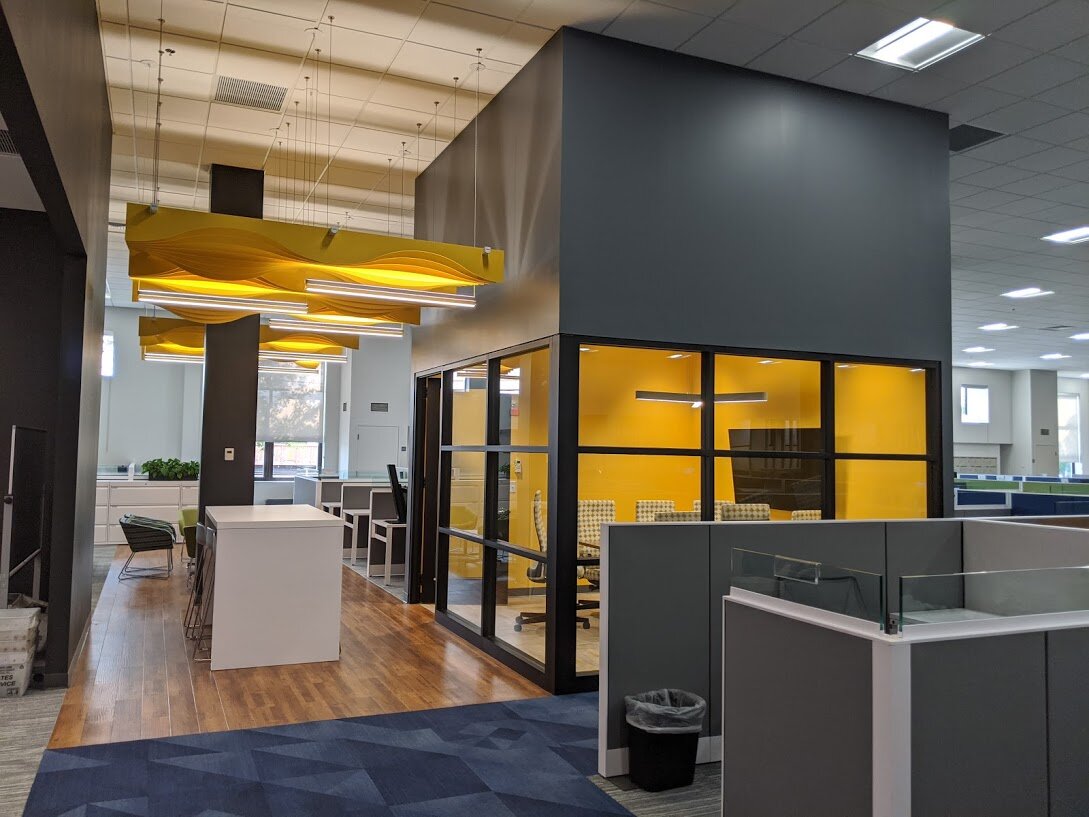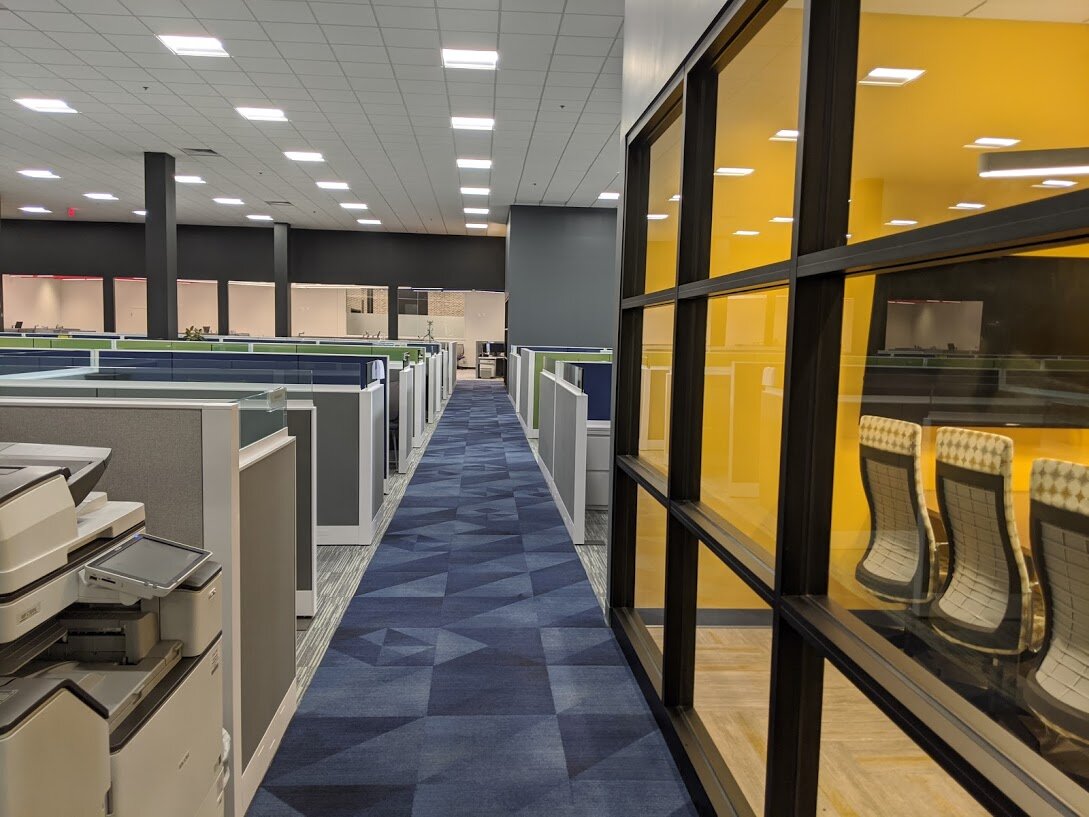NEETHI RACHEL ABRAHAM
Portrait courtesy of Neethi Rachel Abraham.
Graduate: Rhode Island School of Design-Department of Interior Architecture, Masters in Adaptive Reuse
Undergraduate: BMS College of Engineering Bangalore India, Bachelors in Architecture
Work: Architectural Designer at Studio MEJA Architecture, Providence RI
Neethi Rachel Abraham is an Architectural Designer in Rhode Island working with mission driven-clientele with a focus on Adaptive Reuse and social impact. Originally from Bangalore, India, Neethi seeks to understand how to align Architecture with service to larger communities and demographics.
She is passionate about serving disaster-prone communities with a focus on climate change. The course of her education, helped Neethi familiarize herself with architecture as a tool for human-centric design and social change. Additionally, this enabled her to design and develop an augmented reality simulation that projected the effects of flooding, storm surge and sea-level rise in Newport, Rhode Island over a 100 years. Through the project exhibition at 74 Bridge Street in the Point Neighborhood, the community collaborated to save their homes, creating a buzz that allowed people to engage in a more serious conversation on how they could proceed to save their heritage together. The project was selected for the AIA Emerging Professional Exhibit 2018 and was presented at the 2017 Rhode Island Preservation Conference, among many others. This created a foundation for her vision to design for more inclusive, diverse community and for the 98% without architects.
Neethi is a 2020 fellow at the New Leaders Council. She also manages the care and community engagement team at Studio MEJA striving towards a more human-centric approach in design.
Designing for an Accessible Future for All
What inspired you to pursue architecture?
My early introduction into the world of design was through countless trips to furniture stores to pick out that perfect bar cabinet, lighting exhibits that flaunted stained glass and luxury drape outlets that housed an array of colors and patterns. My father enjoyed spatial design, and thereby took an interest in carefully crafting each part of our home. Years of appreciation for well-designed spaces and an artistic talent for drawing (honed in my early years) possibly set me up for a career in Architectural Design. My love for detail and perfection were evident in my drawings.
When it came to choosing a career path in high school, I was torn between Science and the Arts. Back in 2008, the education system in India elevated science and technology as 'the most favorable' for a successful career. I graduated high school with the notion that I would pursue a research in the sciences.
But as I deepened my search, it became clear that Architects use the left and right sides of their brain to harness both logical, mathematical thinking and unique, creative thinking. Architecture not only allows for idea generation and problem solving, but a unique mindset that can clearly present a plethora of creative possibilities through both two- and three-dimensional drawings. This concept aligned with my interests and personality; I decided to take the leap.
However, it was only in graduate school, years later, during a class on the Principles of Adaptive Reuse, when I truly understood how Adaptive Reuse in Architecture could impact change. The idea that refugees fleeing from the war in Syria were housed in abandoned concentration camps in Germany on arrival and how that concept could be rationalized, intrigued me. The cause of pain for one community, somehow became purposeful in providing immediate shelter for another. At this point I found alignment between my purpose and my chosen field of work. Fast forward to this day, I still reflect on how I can inspire and impact change through design.
This is to say that everyone's path is different. It may take a few years before you truly know what you want to pursue, but it's the journey that counts.
Corporate Headquarters by Studio MEJA Architecture. Credit to Studio MEJA Architecture. Photo courtesy of Neethi Rachel Abraham.
What is the most important thing that you learned in the past year?
The most important thing I learnt this past year is that rest is essential. If you pace yourself, and work on one task at a time, you eventually achieve your goal. Though creating timelines and setting goals are essential, it is necessary to reflect on the exactly your priorities are. We live in a highly competitive world, but I’ve made peace with the fact that, though social change on a global scale and accessible design will always be my ultimate goal, the small acts of service go a long way. The pandemic has distanced us, we can’t connect with our community in many of the traditional ways. Understanding the little ways in which we can spark joy in others, can have a ripple effect.
RISD INTAR Graduate Class at the Museum of Fine Arts, Boston. Photo courtesy of Neethi Rachel Abraham.
Projecting Change – an immersive experience in AR projecting the effects of sea level rise in Newport Rhode Island. Photo courtesy of Neethi Rachel Abraham.
Projecting Change – how can we save a historic neighborhood from flooding in the next 100 years. Press PLAY! Photo courtesy of Neethi Rachel Abraham.
What are some architectural organizations (or specific person/role model) that helped you learn to overcome an obstacle? How did they?
The last few years have compelled me to reflect on how I can best align my personal core value- ‘Service’ with my chosen field of work –’Architecture’
This year I had the opportunity to be a part of the Pathways to Equity cohort- an initiative by Open Architecture Collaborative to provide training in design leadership for social equity. Their values are centered with racial justice and equity, engaging in public interest design and transformative learning experiences. The program raised awareness about the various injustices amongst marginalized communities in the United States, educating us on best practices for better community engagement and social impact design.
Another organization that has enabled me to proactively pursue a path towards social impact is the New Leaders Council (otherwise known as NLC). NLC trains the next generation of change-makers to take activism back into their communities and workplaces to impact progressive change. As a 2020 fellow, I developed a proposal that actively provides accessible and dignified spaces to the 98% that are not served by architects, engaging in a human-centric approach to design.
Rhode Island Preservation Conference. Photo courtesy of Neethi Rachel Abraham.
Presentation at the 2018 AIA Conference NYC. Photo courtesy of Neethi Rachel Abraham.
If you were given the opportunity to repeat the year, what is one thing you’d do differently?
If I were given the opportunity to repeat the year, (provided we weren’t in the midst of a pandemic), I would use the time to further my proposal for dignified design by working with communities to understand how they view their environment, and the changes they’d like to see within the spaces, they access daily. Either way, I think this year has been a blessing nonetheless. It gave me to opportunity to refocus my priorities, gain a more in-depth understanding into human- centered design and allow myself to take things slow, one at a time. I probably wouldn’t change much, because over the years I have come to realize that despite all the plans I make for my future, the outcome is far better than I imagined. It's opened doors to limitless possibilities.
Take time to center yourself, reflect on what matters and meditate- it's the key to a successful outcome for your goals.
Work sketches at the studio. Photo courtesy of Neethi Rachel Abraham.
Studio MEJA Architecture is housed within the old Atlantic Mills gasometer- it is an adaptive reuse project. Credits to Studio MEJA Architecture. Photo courtesy of Neethi Rachel Abraham.
In terms of rising concerns and problems (in the architectural profession) over the past year, what is one change that you wished would happen and it did not? This can be in an educational or work atmosphere.
I believe that workplaces should have room for a diverse group of people in terms of age, race and sexuality. Design should be accessible to all. Therefore, a firm is able to serve communities better, if they hire designers that bring unique perspectives to the table. However, this practice is missing from the architecture profession and must be addressed.
New Leaders Council 2020 cohort in action during the pandemic. Photo courtesy of Neethi Rachel Abraham.













